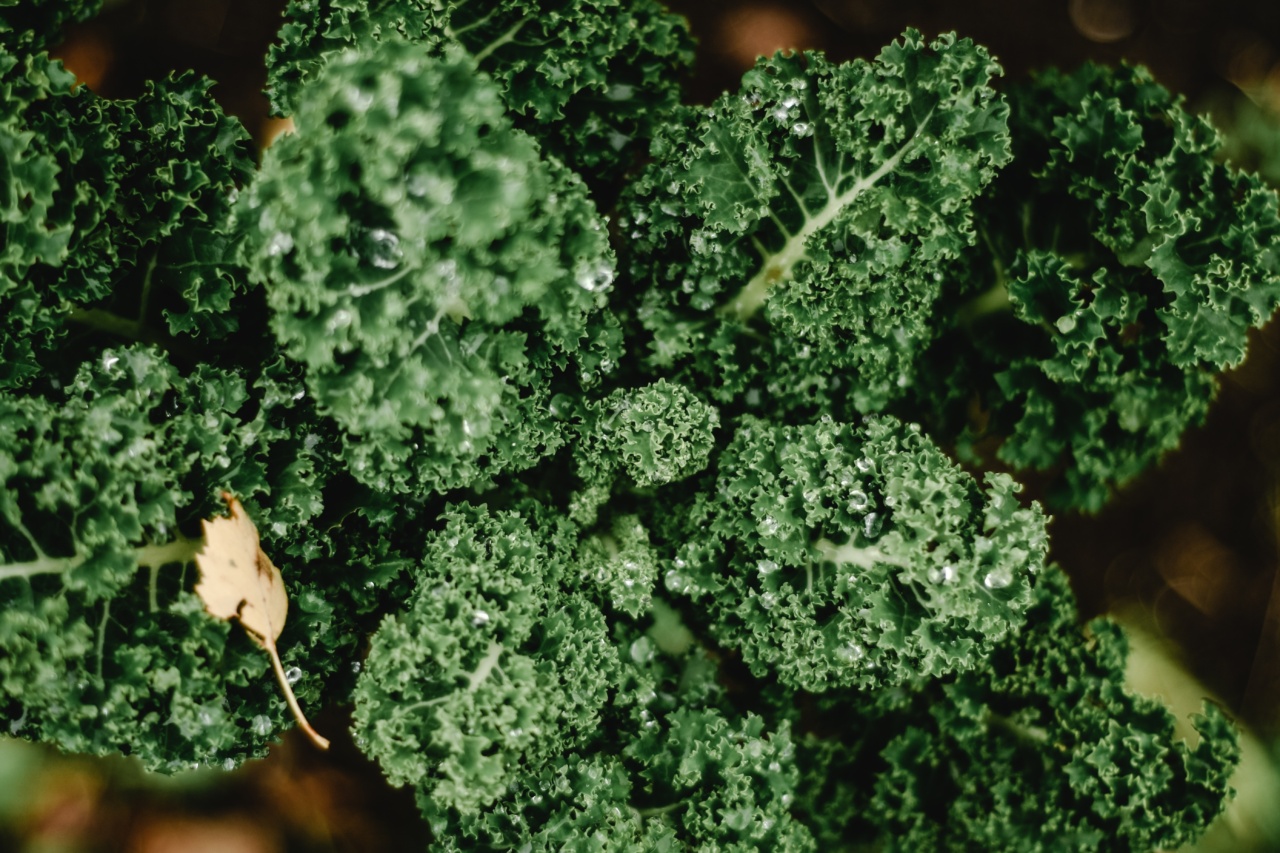Leafy vegetables are a great source of nutrition and are essential for a healthy diet. They are abundant in essential vitamins such as vitamin C, K, and A, as well as minerals such as iron and calcium.
In this guide, we will take a closer look at the varieties of leafy vegetables available, their nutritional value, and how to include them in your meals.
Types of Leafy Vegetables
Leafy vegetables come in various shapes, sizes, and colors. Here are some of the most common types:.
1. Spinach
Spinach is a rich source of iron, folate, and vitamins A, C and K. It is characterized by its dark green, slightly wrinkled leaves and can be enjoyed raw or cooked. Spinach is commonly used in salads, smoothies, and stir-fries.

2. Kale
Kale is a member of the cabbage family and is rich in vitamins C, A and K. It has a tough, curly leaf that is popular in salads or stir-fries. Kale can also be used in smoothies or baked as kale chips.

3. Arugula
Arugula is a leafy green with a slightly peppery taste. It contains vitamins C, A and K and is a good source of calcium. Arugula is often used in salads or as a pizza topping.

4. Swiss Chard
Swiss chard is a leafy green that comes in a variety of colors, including red, white, and yellow. It is an excellent source of vitamins C, K, and A, as well as iron and magnesium. It can be sautéed, steamed, or used in salads.

5. Collard Greens
Collard greens have large, dark green leaves and are a good source of vitamins K, A, and C. They are commonly used in Southern cuisine and can be cooked with smoked meats or used in salads.

6. Bok Choy
Bok choy is an Asian green with oval-shaped leaves and a crunchy stem. It is a good source of vitamins C, K, and A, as well as potassium. Bok choy can be used in stir-fries or sautéed with garlic and ginger.

7. Watercress
Watercress is an aquatic green that has a spicy, peppery taste. It is a good source of vitamins C and A and is commonly used in salads or as a garnish for soups and sandwiches.

8. Romaine Lettuce
Romaine lettuce has a crunchy texture and is a good source of vitamins C, K, and A. It is commonly used in salads or as a wrap for sandwiches.

9. Iceberg Lettuce
Iceberg lettuce has a delicate flavor and a crisp texture. While it is not as nutrient-dense as other leafy greens, it is a good source of vitamins K and A. It is often used in salads or as a base for burgers.

10. Mesclun Greens
Mesclun greens are a mixture of various young and tender salad greens, including arugula, spinach, and lettuce. They are a good source of vitamins C and A and are commonly used in salads as a base or as a topping for sandwiches and pizzas.

Nutritional Value of Leafy Vegetables
Leafy vegetables offer a range of nutrition benefits, including:.
- Vitamins A, C, and K: These vitamins are important for maintaining healthy bones, skin, and immune function.
- Iron: Many leafy vegetables contain iron, which is essential for producing red blood cells and carrying oxygen throughout the body.
- Calcium: Some leafy vegetables, such as kale and collard greens, are a good source of calcium, which helps in maintaining strong bones and teeth.
- Folate: Leafy vegetables are a good source of folate, which is essential for cell growth and development and is particularly important for pregnant women.
Incorporating Leafy Vegetables into Your Diet
Here are some tips for incorporating more leafy vegetables into your diet:.
- Add leafy greens to your morning smoothie: Spinach, kale, and arugula can easily be blended into a delicious smoothie to start your day off on the right foot.
- Make a salad: Use a variety of leafy greens, such as mesclun mix, as a base for your salad and add toppings such as nuts, seeds, and chopped vegetables.
- Stir-fry: Sauté bok choy, Swiss chard, or kale with garlic and ginger for a tasty side dish or add it to your favorite stir-fry recipe.
- Replace lettuce with leafy greens: Instead of using iceberg lettuce for your sandwich or burger, swap it out for romaine lettuce or spinach for an extra nutrient boost.
Conclusion
Leafy vegetables are a great way to add nutrition and flavor to your meals. With a variety of greens to choose from and different ways to incorporate them into your diet, there’s no reason not to enjoy these nutritious veggies on a regular basis.





























